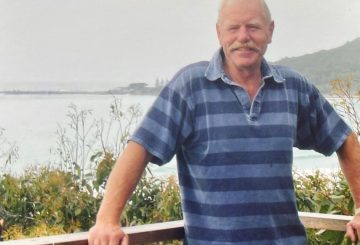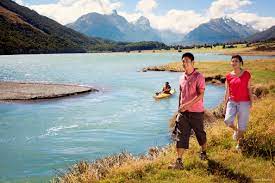뉴질랜드의 Far North District Council은 일부 도시 상수도에 대한 불소 첨가를 2년 연기하기로 결정했습니다.이 결정은 보건부 총장인 애슐리 블룸필드 경이 2022년에 14개 시의회에 공공 상수도를 불소화하도록 지시한 후 내려진 것입니다.파북 지역 의회는 올해 6월 30일까지 카이타이아 및 케리케리의 물에 불소를 첨가하기 시작할 예정이었다.
그러나 평의회 회의에서 힐다 할키야드-하라위라 시의원은 마감 시한을 2026년 6월로 연장할 것을 제안했다.그녀는 가난하고 노숙자가 많은 극북 지역에 비해 불소화 비용이 너무 많이 든다고 주장했다.그녀는 그 돈을 식수 수질 개선이나 치과 서비스 개선에 쓰는 것이 더 나을 것이라고 제안했다.이 발의안은 9표 대 1표로 지지되었습니다.
노스랜드 워치 (Northland Watch) 그룹의 일원인 뎁 록-에반스 (Deb Rock-Evans) 도 평의회에 불소화를 연기할 것을 촉구했다.그녀는 보건부 총장이 불소화를 명령할 때 권리장전을 고려하지 않았다는 2021년 고등법원 판결로 인해 평의회가 법적 위험에 직면할 수 있다고 경고했다.
회의가 끝난 후, 불소 반대 운동가인 마이클 페옌 (Michael Feyen) 은 이번 투표를 “좋은 시작”이라고 설명했다.그는 이 위원회가 정부의 불소화 명령에 의문을 제기하는 전국의 다른 위원회들에 합류한 것에 대해 칭찬을 아끼지 않았다.
만약 시의회가 물 공급을 불소화하지 않고 연장을 허가하지 않을 경우, 최대 20만 달러의 벌금과 지속적인 불이행 시 하루 1만 달러의 벌금이 부과될 수 있다.불소화 장비 설치에 드는 비용은 460만 달러가 될 것으로 예상되며, 운영 비용으로 매년 10만 달러가 추가될 것으로 예상됩니다.
2021년에 새로운 법률에 따라 불소화 결정에 대한 책임이 지방 의회에서 보건부로 이전되었습니다.애슐리 블룸필드 경은 불소화가 충치를 예방하는 안전하고 저렴하며 효과적인 방법이라고 말했습니다.그는 불소가 함유된 물은 아기와 노인을 포함한 모든 사람이 마셔도 안전하다고 덧붙였습니다.





























































